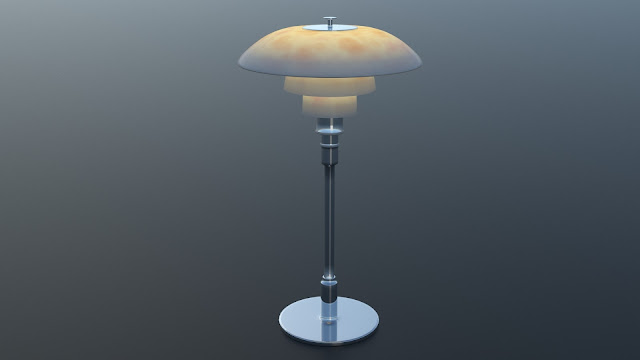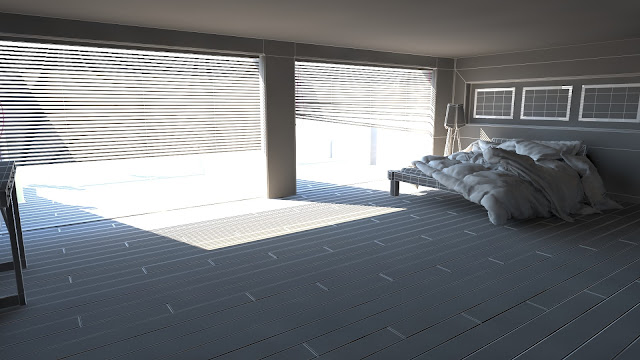It's been a while since I last had the opportunity to post my progress with you, as you can imagine work with the New Year has been absolutely mental.
Never the less I have managed to get around to producing some digital paintings (this time around) during my free time. This is part of an effort to upgrade my existing skills and get to learn some cool new processes for digital painting inside photo shop.
The general process was to produce an outline of a character, then to give the character a tonal range (orange colour) which we would then adapt into the kind of finish we wanted and add some lighting to.
My first attempt I decided to pick a sculpture, so I could compare my 'value layer' [or tonal ranges] to the initial photo graph: as close to classic copy sketching as you can get on a digital tablet.
I learnt that it would probably more beneficial to keep your brush block-like for an artistic and stylised effect, whereas the addition of an air brush sort of smokes the image out.
 Fig.1 silhouette starting point
Fig.1 silhouette starting point
Fig.2 Value layer (tonal range)
 Fig.3 Added bounce light and shadow
Fig.3 Added bounce light and shadow
My next attempt, I tackled an environment with exactly the same process. I feel this was much more successful partially because by this point I was getting more used to the handling of my graphics tablet again but also because there is a continuity with the brush strokes and style of the image.
For these exercises I used a chalk brush at 20-50% opacities as well as a smudge brush.
 Fig.4 Environment Concept
Fig.4 Environment Concept



















